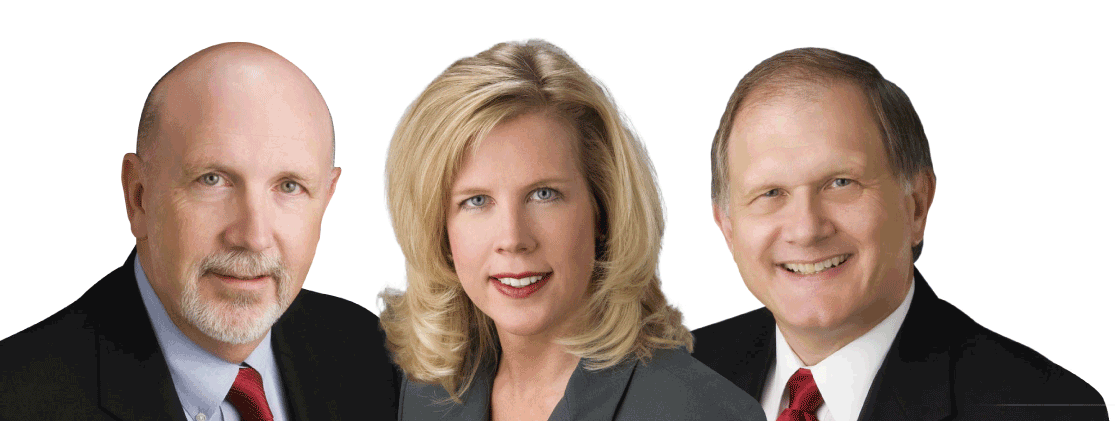There are two categories of discrimination claims and these two were discussed in the recent U.S. Supreme Court’s opinion, Lewis v. Chicago, No. 08-974, decided May 24, 2010. The two categories are called disparate treatment claims and disparate impact claims. Disparate (meaning different) treatment claims generally involve intentional illegal discrimination prohibited by Title VII such as on the basis of race, sex, national origin, or religion. However, disparate impact discrimination does not require intentional discrimination, rather, the law looks at the impact that a particular employment practice has on an individual or group. This situation arose in the Lewis case involving a test that was administered by the city to applicants for firefighter positions. The test was discriminatory to black individuals; however, several of the applicants did not file charges with the EEOC within the required 300 day limit of the test being given. The city argued that the 300 days started running from the giving of the tests. The applicants argued that the 300 days ran from the time the city utilized the test results to hire applicants, which such use extended over approximately 2 more years. The applicants had filed within 300 days of the later use of the discriminatory test results. The Supreme Court ruled that each use of the discriminatory test results to hire more applicants allowed the 300 day period to start again. However, the Court made a distinction between disparate treatment cases which involve intentional discrimination holding that the rule allowing the 300 day period to restart with every use of the discriminatory practice would not apply to intentional treatment claims, only to disparate impact claims. This opinion may open up many claims to be filed against employers using disparate impact employment practices, which many may have thought were now protected by the 300 day limitation rule. This is so because each time an employer makes use of the practice, the 300 days begins to run again for the person adversely affected by the practice allowing them to file within that newly opened window of time.
Home » Blog » The Supreme Court Opens a Window(of time)-Lewis v Chicago




